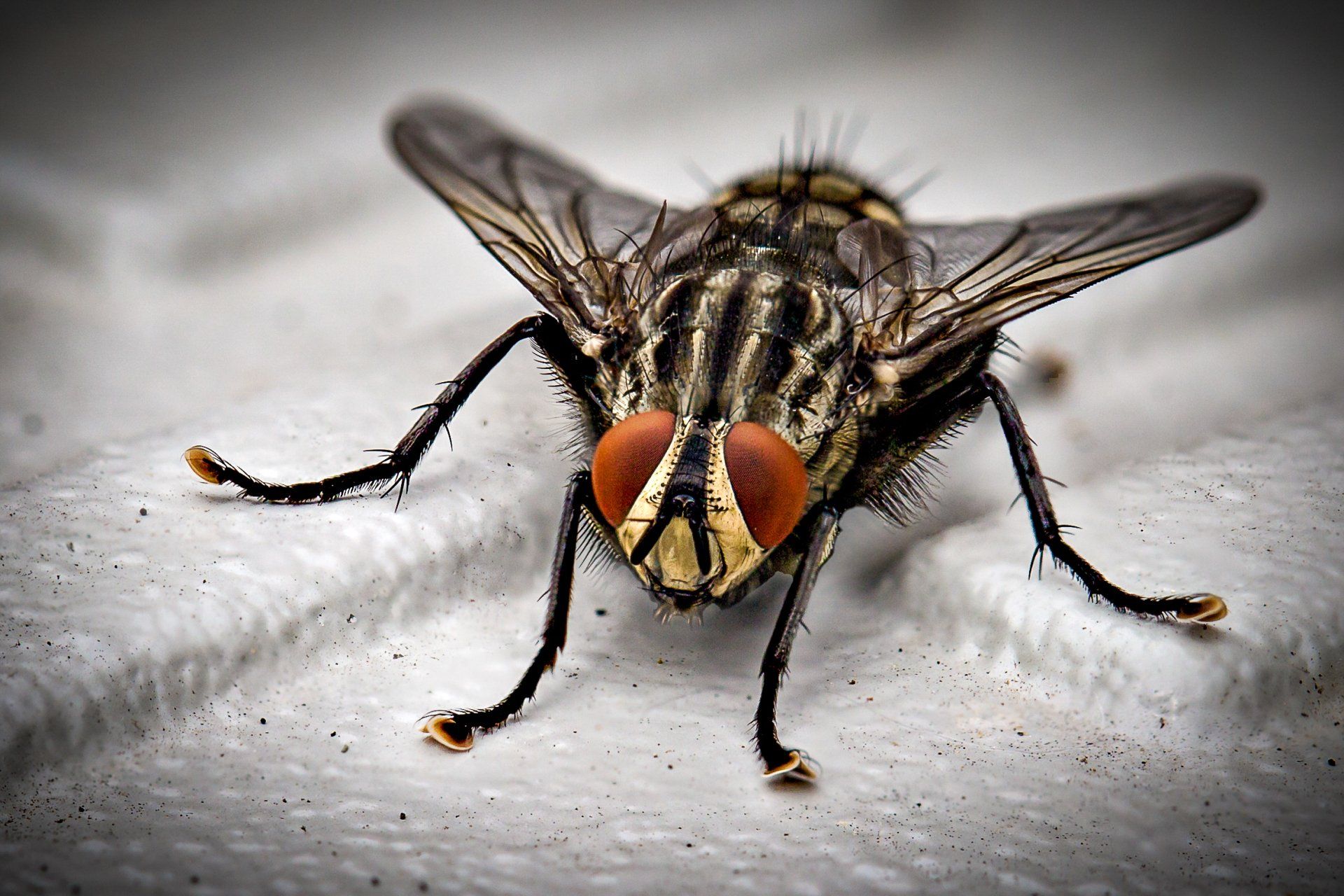Why Are There So Many Flies in Idaho?
It's a common observation among residents and visitors alike that there seems to be a high population of flies in Idaho, especially during the warmer months. The purpose of this blog post is to explore the reasons behind this phenomenon and to provide you with a better understanding of the factors that contribute to the abundance of flies in Idaho. We'll also discuss potential health risks associated with the high fly population and suggest ways to control the fly population in homes and communities.

Types of Flies
Some of the most common types of flies found in Idaho include house flies, blow flies, fruit flies, stable flies, and horse flies. Each type of fly has unique physical characteristics and behaviors that contribute to their survival and reproduction.
House flies, for example, are small and gray with four stripes on their thorax. They are attracted to decaying organic matter and can lay hundreds of eggs in such areas. Blow flies are also attracted to decaying matter but are typically larger and metallic in color. Fruit flies, on the other hand, are small and often tan or yellow in color, and are attracted to ripe or fermenting fruits and vegetables. Stable flies and horse flies are biting flies that feed on the blood of mammals, and are often found around livestock or other animals.
Understanding the different types of flies and their behaviors is important for controlling their populations, as different types of flies may require different methods of prevention or control.
Factors for Fly Populations
One factor that contributes to the abundance of flies in Idaho is the state's climate and geography. Idaho has a semi-arid climate with hot summers and cold winters, which provides ideal conditions for fly breeding and population growth. Additionally, the state's large areas of agricultural land and numerous bodies of water also provide suitable habitats for flies.
Another factor that contributes to the high fly population in Idaho is agriculture and animal husbandry. People sometimes don't realize it, but just outside of Boise is vast space where agriculture is the dominant industry. Livestock operations such as cattle ranches and dairy farms generate large amounts of manure, which serves as a breeding ground for flies. Additionally, the use of pesticides and other chemicals in agricultural practices can disrupt the natural predator-prey relationships that help control fly populations.
Human behavior and waste management practices also play a role in the abundance of flies in Idaho. Improper disposal of food waste, such as leaving garbage cans uncovered or failing to clean up spilled food, can attract flies and provide a breeding ground for them. Poor sanitation practices in homes and businesses can also contribute to the problem.
Overall, the high fly population in Idaho is the result of a complex set of factors that include both natural and human-induced factors. Understanding these factors is important for developing effective strategies for controlling fly populations and minimizing their impact on human health and well-being.
Health Risks Associated with Flies
One of the biggest health risks associated with flies is their ability to transmit diseases. Flies can carry a wide variety of disease-causing microorganisms, including bacteria, viruses, and parasites. These microorganisms can be picked up by flies as they feed on decaying matter or other sources of contamination, and then transmitted to humans and animals through their feces, vomit, or by direct contact. Some of the diseases that can be transmitted by flies include typhoid fever, cholera, dysentery, and salmonellosis.
In addition to disease transmission, the high fly population in Idaho can also have a direct impact on public health. Flies are a nuisance, and their presence can cause irritation, discomfort, and anxiety for people. In areas where flies are particularly abundant, they can also affect people's quality of life and lead to decreased productivity and economic losses. Furthermore, the presence of a large fly population can be an indicator of poor sanitation practices and overall hygiene, which can increase the risk of other health problems.
It's important to recognize the potential health risks associated with the high fly population in Idaho and to take steps to control their populations in homes and communities. This can help minimize the spread of disease and improve overall public health and well-being.
Quick Links
--
About Us
--
Averse Pest Control was started to give folks a smarter way to keep their homes and families protected from the pests in the Boise area; one that is safe, local, effective, fast, and service-oriented.
We're a small company, but we've gained a reputation for excellence. We'd love to earn your business!
